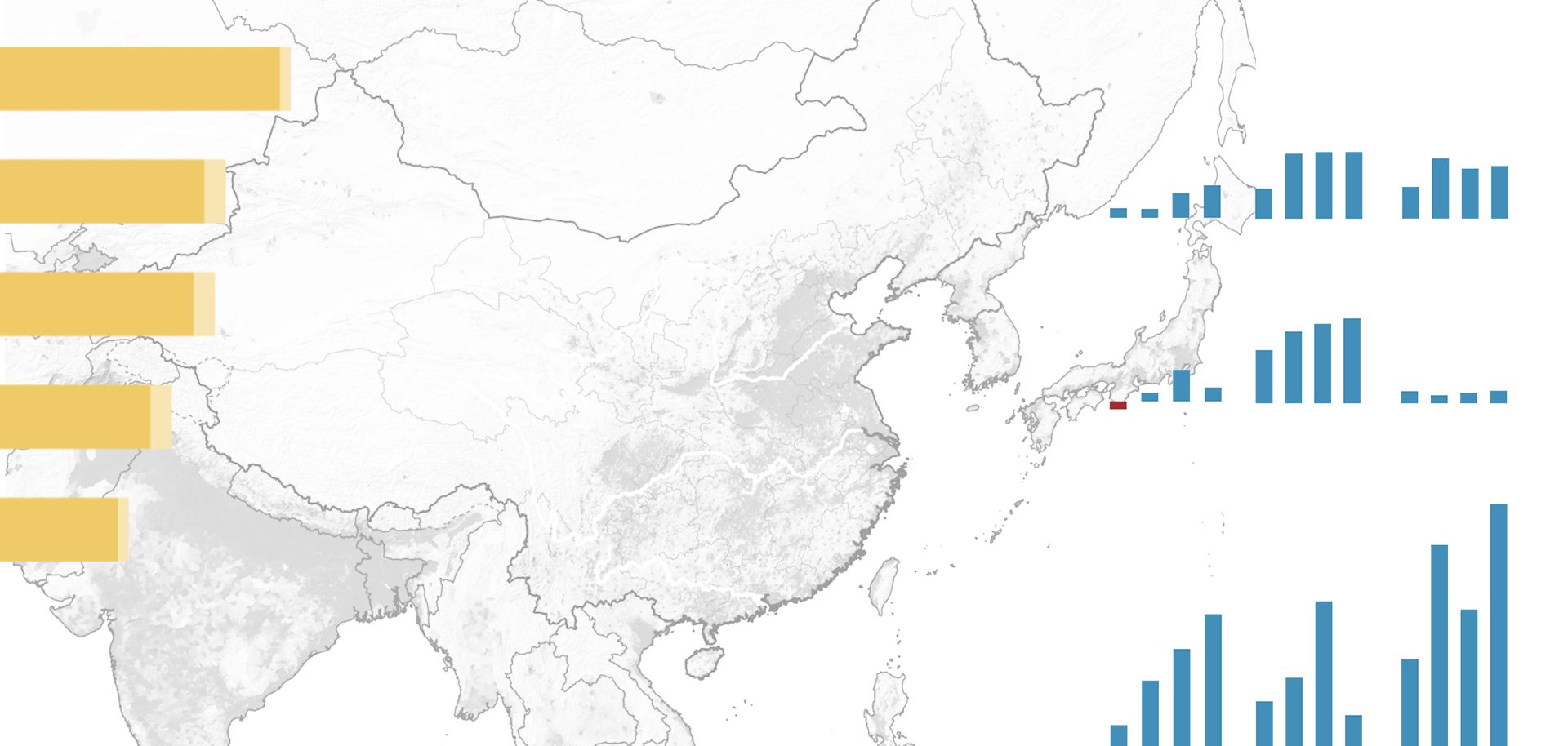
Poland proposed the Eastern Partnership in 2008 as a way for the European Union to build closer ties with six former Soviet states along its eastern periphery.
The Eastern Partnership was officially meant to enhance economic and political ties between the six target states — Ukraine, Belarus, Moldova, Georgia, Armenia and Azerbaijan — and the European Union, specifically in areas such as trade and visa liberalization. The partnership's implicit goal, however, was to prevent Russia from gaining the upper hand in these countries. The launch of the initiative coincided with Russia's resurgence as a regional power. Many of the partnership's target states were already coming under Russia's renewed influence, and several EU members, particularly those in Central and Eastern Europe that were more directly threatened by Russia, such as Poland, hoped to counteract this process.
Developments in Ukraine over the past year have heightened the Eastern Partnership's profile, much to Russia's chagrin. In June 2014, the new Ukrainian government signed the EU association and free trade agreement. Moldova and Georgia also completed talks and signed agreements. Other Eastern Partnership target states, including Armenia and Belarus, have been reluctant to move toward the European Union and instead have joined Moscow's Eurasian Economic Union. Only Azerbaijan has avoided meaningful alignment or integration with both EU and Russian initiatives. The European Union has pushed for closer energy ties with Azerbaijan to diversify the bloc's energy sources away from Russia.
The Eastern Partnership helped precipitate the Ukraine conflict and now serves as a durable tool with which the European Union can counter Russia's projection of power. What started as a relatively ignored Polish and Swedish initiative in 2008 has now garnered the support of EU heavyweights such as Germany and serves a platform to deny Russian dominance in Eastern Europe.
Despite economic, political and strategic barriers, the Eastern Partnership program will likely continue to serve as Europe's main tool to politically and economically integrate these nations and to test Russia's influence in its periphery.



